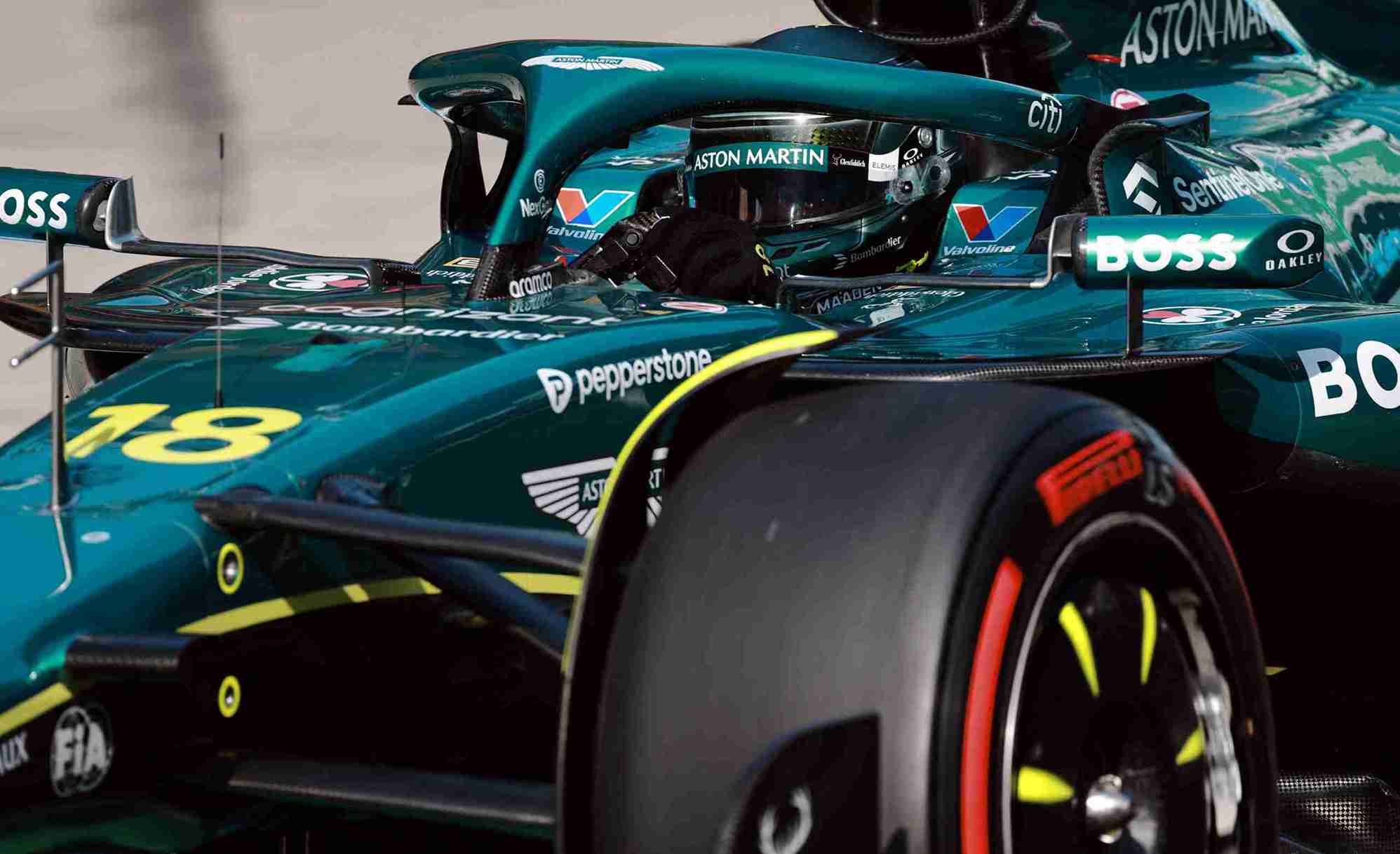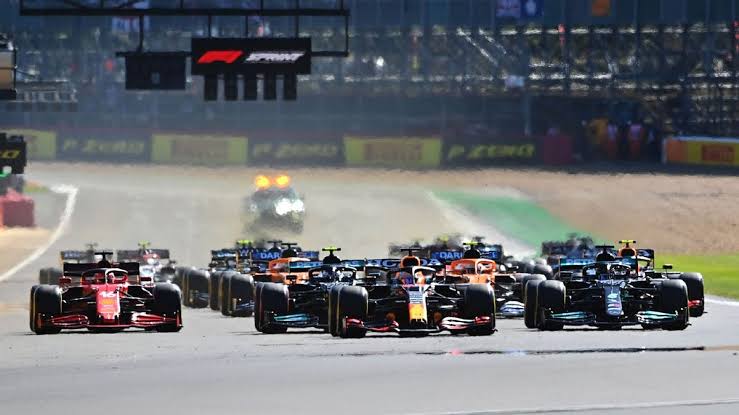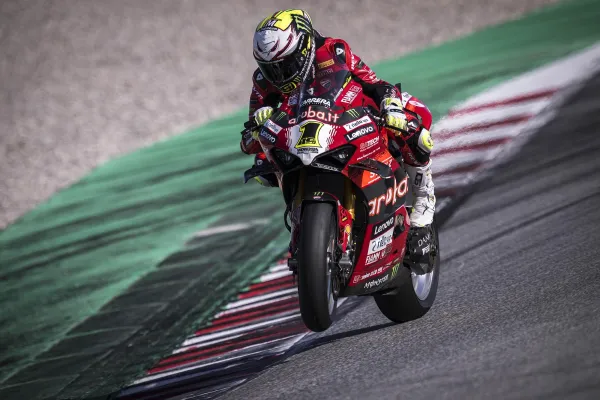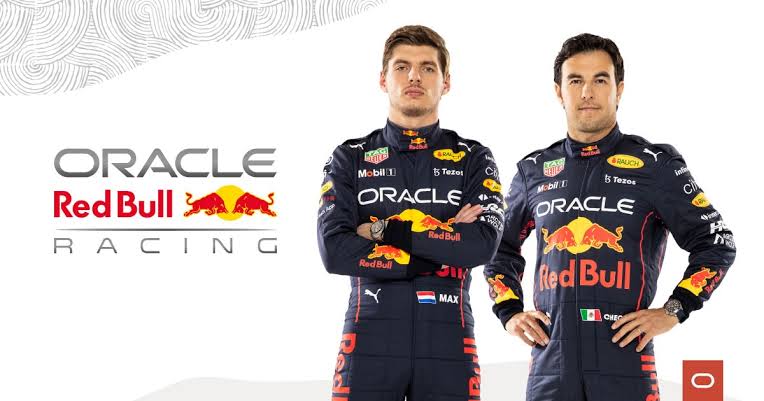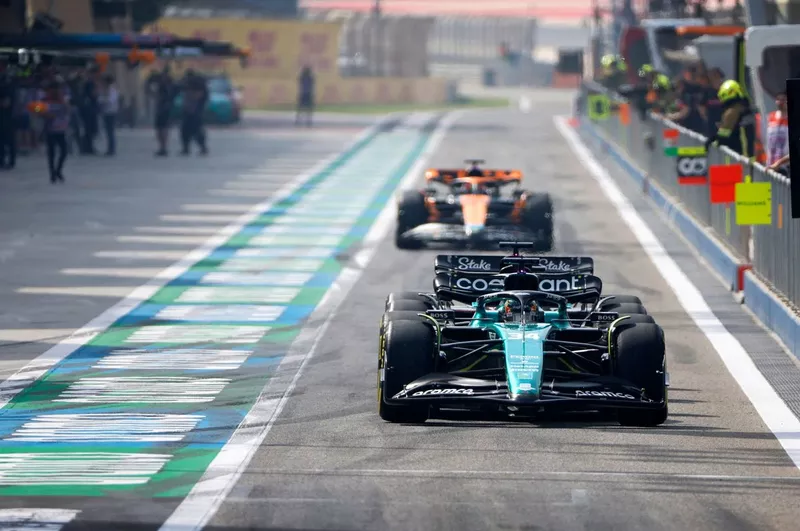Aston Martin’s Strategic Move: Selling Its Stake In Formula 1 Team
Aston Martin, the legendary British luxury automaker known for its high-performance vehicles and rich motorsport heritage, has made headlines with its recent decision to sell a minority stake in its Formula 1 team. This move is not merely a financial maneuver but part of a broader strategy to address ongoing financial challenges, streamline operations, and refocus on its core automotive business. As the company navigates this pivotal moment, it remains committed to maintaining its presence in Formula 1, ensuring that the Aston Martin name continues to resonate within the sport.
Understanding Aston Martin’s Decision to Sell Its F1 Stake
The decision to divest a 16.7% minority stake in the Aston Martin Formula 1 team comes amid significant financial pressures. Aston Martin Lagonda has faced mounting debts exceeding $1 billion, coupled with declining profitability in recent years. The sale is intended to unlock crucial financial resources that can be reinvested into the company’s core operations, which include product development, innovation, and overall business transformation.
To facilitate this process, Aston Martin has partnered with the Raine Group, an investment bank renowned for its expertise in sports-related transactions. The Raine Group will work closely with AMF1’s commercial chief Jeff Slack to identify strategic investors who can add long-term value to the team. Interested in learning how other sports teams leverage strategic partnerships for growth? Check out our article on innovative marketing strategies in professional sports.
Lawrence Stroll’s Role and Commitment
At the heart of this transition is Lawrence Stroll, Aston Martin’s chairman and controlling shareholder. Since acquiring a stake in Aston Martin in 2020 through his Yew Tree Consortium, Stroll has injected approximately £600 million into the brand. His latest round of funding involves acquiring additional shares to increase his ownership stake from 27.7% to 33%. This move not only provides crucial financial support during this restructuring phase but also reinforces Stroll’s commitment to the brand.
Stroll has been vocal about his dedication to both Aston Martin and its Formula 1 team. He reassured fans and stakeholders that the team’s presence on the Formula 1 grid is “as secure as ever.” The team will continue racing under its iconic British racing green livery, supported by long-term sponsorship agreements that reflect confidence in its future. Curious about how leadership shapes success in motorsports? Discover insights from industry experts on team management and innovation.
Valuation and Potential Buyers
The timing of this stake sale is particularly noteworthy, given the soaring valuations of Formula 1 teams in recent years. The Aston Martin F1 team is estimated to be worth over £1 billion ($1.25 billion), reflecting the growing commercial appeal of the sport and its global fanbase. Recent reports indicate that private equity firms such as Accel and HPS Investment Partners are potential buyers, with plans to acquire between 20% and 25% of AMR GP Holdings Limited, the parent company of the team.
This follows previous investments by Arctos Partners, which acquired a minority shareholding in AMR GP Holdings last year. Arctos Partners brings deep industry knowledge and influential networks that have already contributed to the team’s growth trajectory. The influx of investment from these firms could provide much-needed capital for technological advancements and competitive improvements on the track. Explore how private equity firms are reshaping sports industries worldwide by reading our detailed analysis on investment trends in global sports markets.
Impact on Aston Martin’s Automotive Business
The decision to divest from Formula 1 aligns with Aston Martin’s broader strategy to stabilize its automotive division amidst ongoing financial challenges. The company aims to raise over $162 million through this stake sale and additional funding from Stroll’s consortium. These funds will be directed towards product innovation, workforce restructuring, and efforts to achieve sustainable profitability.
In line with these goals, Aston Martin recently announced job cuts affecting approximately 170 employees—about 5% of its workforce—to reduce costs and improve operational efficiency. CEO Adrian Hallmark emphasized that these measures would accelerate progress toward becoming a sustainably profitable company while maintaining a focus on quality and performance.
Aston Martin has also been actively working on new models that reflect changing consumer preferences toward electrification and sustainability. The introduction of hybrid models like the Valhalla underscores their commitment to innovation while preserving their heritage as a luxury sports car manufacturer.
Future Prospects for AMF1
Despite selling its stake in the F1 team, Aston Martin remains deeply invested in ensuring AMF1’s success on the track. A new licensing agreement guarantees that the team will continue competing under the Aston Martin name for years to come. This partnership underscores the automaker’s belief in Formula 1 as a powerful platform for brand visibility and technological innovation.
The team itself is poised for an exciting future with high-profile additions such as Adrian Newey, Red Bull’s outgoing chief technical officer. Newey’s expertise could play a pivotal role in enhancing AMF1’s competitiveness on the track by driving forward innovative car designs and engineering solutions that optimize performance.
Additionally, AMF1 is strategically positioning itself to capitalize on emerging technologies such as artificial intelligence (AI) and data analytics for race strategy optimization and vehicle performance enhancement. By leveraging cutting-edge technologies, Aston Martin aims to elevate its standing within Formula 1 while simultaneously enhancing its reputation as an innovator in automotive engineering.
The Broader Implications for Formula 1
Aston Martin’s decision reflects broader trends within Formula 1 as teams increasingly seek strategic partnerships and investments to remain competitive in an evolving landscape. The sport has witnessed unprecedented growth over recent years, driven by increased global interest, enhanced media coverage, and significant sponsorship deals.
As teams explore new revenue streams through digital content creation and fan engagement initiatives, they are also focusing on sustainability practices that align with modern consumer values. This shift towards sustainability is particularly relevant as Formula 1 aims to become carbon neutral by 2030—a goal that resonates with both fans and stakeholders alike.
Moreover, as teams navigate these changes, they are also looking at diversifying their business models beyond traditional racing revenues. Initiatives such as esports competitions, merchandise sales, and experiential marketing events are becoming increasingly important for teams seeking financial stability.
Conclusion
Aston Martin’s decision to sell its stake in its Formula 1 team is a calculated move aimed at addressing financial challenges while safeguarding its legacy within motorsports. By securing strategic investors and focusing on core automotive operations, the company is positioning itself for long-term growth and sustainability.
This transition highlights the dynamic interplay between business strategy and sporting excellence—a hallmark of Aston Martin’s enduring appeal. As Formula 1 continues to evolve into a global phenomenon driven by technology and innovation, Aston Martin’s name will remain synonymous with performance, luxury, and heritage.
In summary, while selling a minority stake may seem like a retreat from competitive racing at first glance, it represents a strategic pivot designed to ensure Aston Martin’s longevity both on the racetrack and within the automotive sector. With strong leadership under Lawrence Stroll and potential new investors ready to step in, Aston Martin is poised not just to survive but thrive in an increasingly competitive landscape—both in motorsports and beyond.
